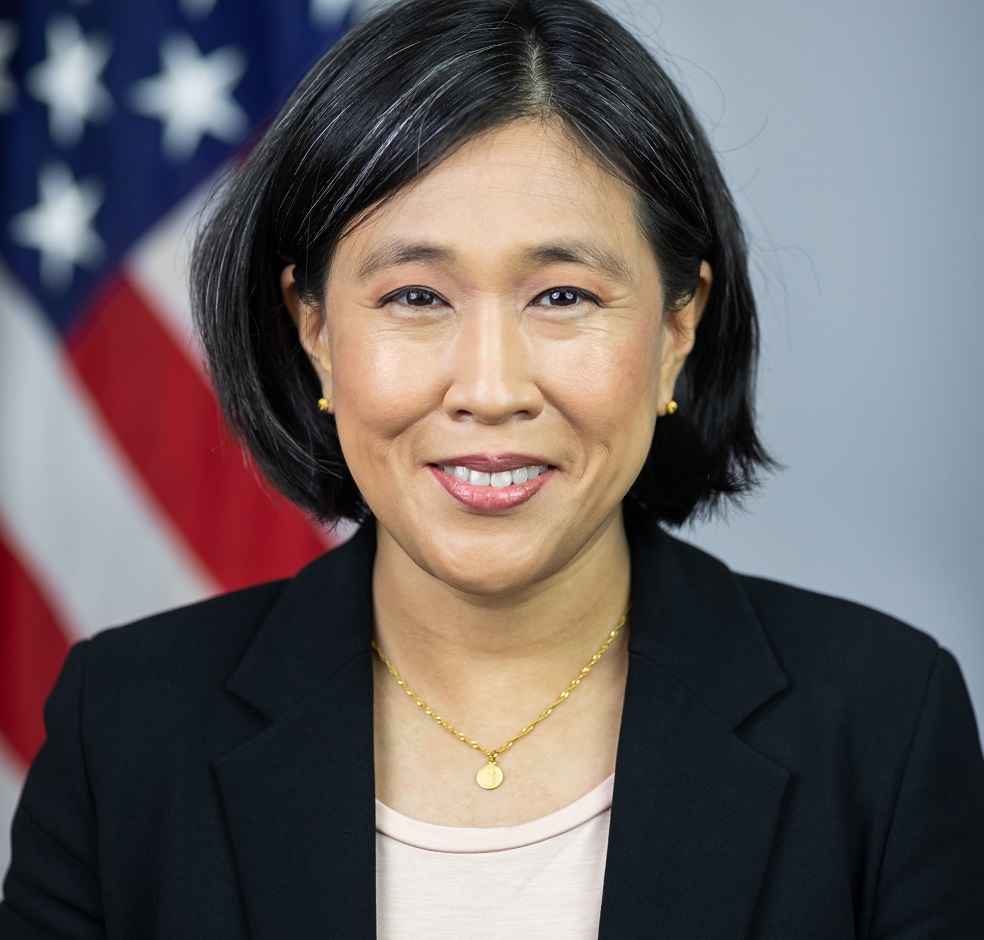The U.S. has voiced apprehensions regarding India’s new import limits on specific electronic devices. A statement from the Office of the United States Trade Representative (USTR) address active efforts from both sides to craft a mutually beneficial resolution.
On August 26th, a crucial dialogue transpired between U.S. Trade Representative Katherine Tai and India’s Commerce and Industry Minister, Piyush Goyal. Both dignitaries underscored the need for mutual understanding, given their evolving trade relationship.
Ambassador Tai articulated concerns about India’s tech equipment import licensing. Significant stakeholders should review and contribute insights to ensure the upcoming policy doesn’t jeopardize U.S. exports to India, she conveyed during the interaction.

A USTR website update reflects this sentiment, suggesting that both leaders share a commitment to addressing this issue while safeguarding both nations’ interests.
Electronic devices, encompassing PCs, laptops, tablets, Wi-Fi Dongles, Smart Card Readers, and Android TV Boxes, amounted to a noteworthy $8.8 billion of India’s imports for the fiscal year 2022-2023. India’s impending import curbs on these gadgets, slated for November 1st, stem from security apprehensions and an ambition to bolster the domestic manufacturing sector—particularly as a strategy to diminish dependency on imports from nations like China.
Goyal and Tai also broached a lingering World Trade Organisation (WTO) quarrel over the import of select agricultural products. Both parties exude optimism for a prompt resolution and have marshaled their teams to expedite discussions.

During a landmark visit by Indian Prime Minister Narendra Modi to the U.S. in June, the countries announced the cessation of six WTO trade disputes and India’s commitment to scrap tariffs on specific U.S. commodities, including chickpeas, lentils, almonds, walnuts, apples, boric acid, and diagnostic reagents. Both countries anticipate reconvening the U.S.-India Trade Policy Forum this year.
Amidst the current U.S.-India tech import discussions, it’s worth recalling prior trade negotiations. Previously, the U.S. permitted market access for Indian steel and aluminum under Sec. 232 of the Trade Expansion Act 1962, and India, in turn, eliminated certain retaliatory tariffs. This precedent illustrates the nations’ ability to navigate trade challenges, offering hope for their ongoing tech disputes.

The trade bond between the U.S. and India flourishes, evidenced by the growth from $119.5 billion in 2021-22 to $128.8 billion in 2022-23. As ties strengthen, adeptly navigating such challenges becomes paramount for mutual prosperity.
DON’T MISS IT | China Rebukes US Tech Curbs: Global Supply Chains at Risk



